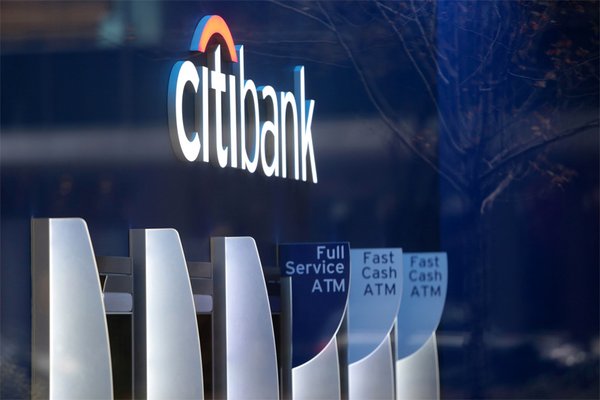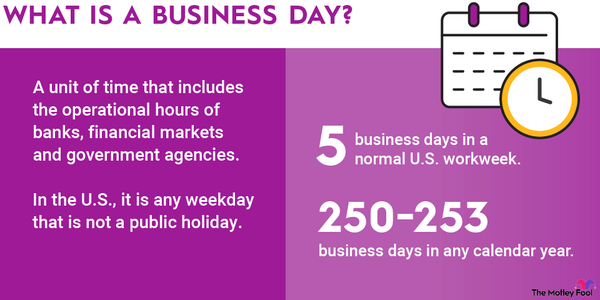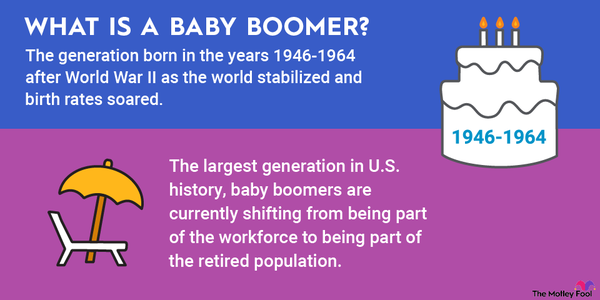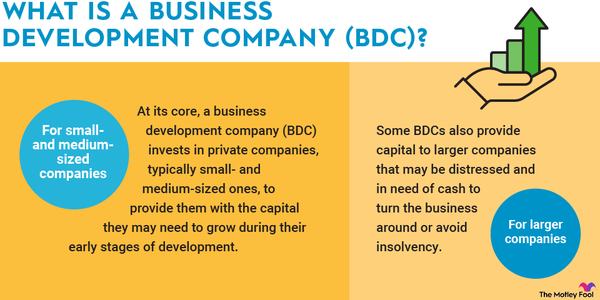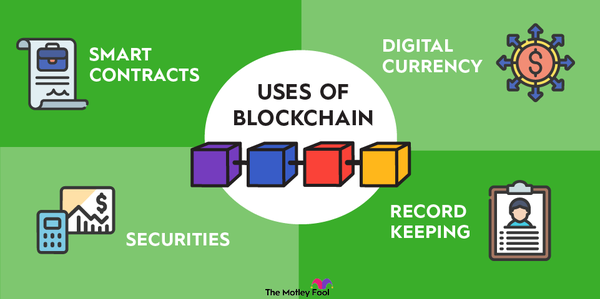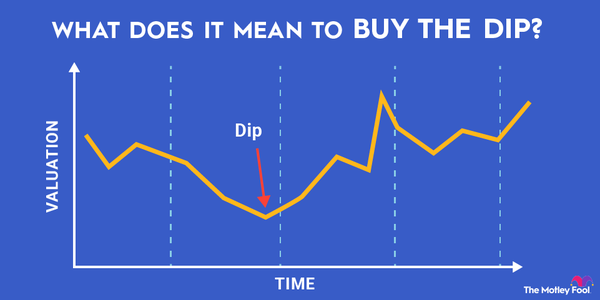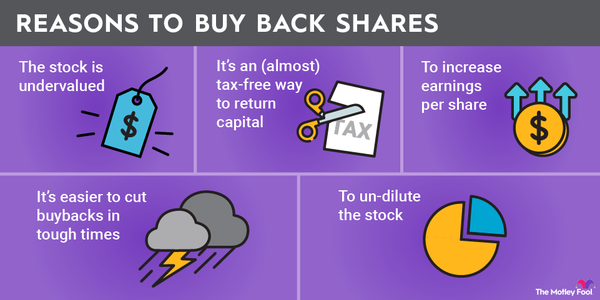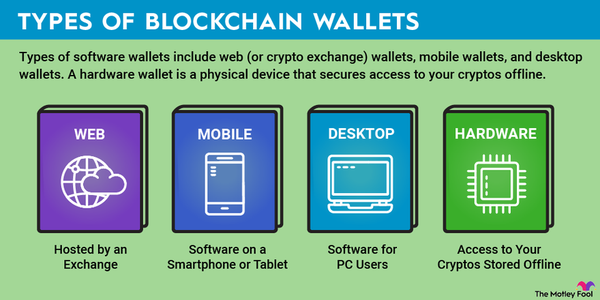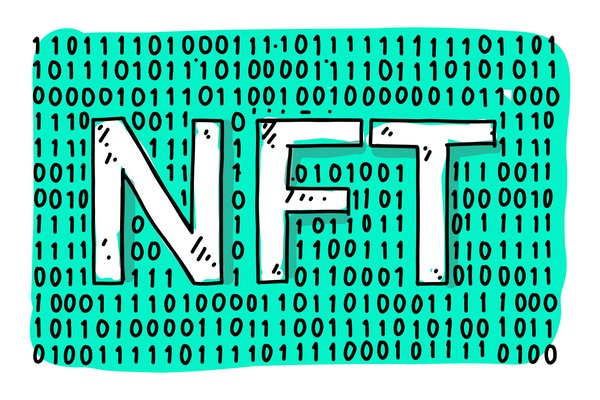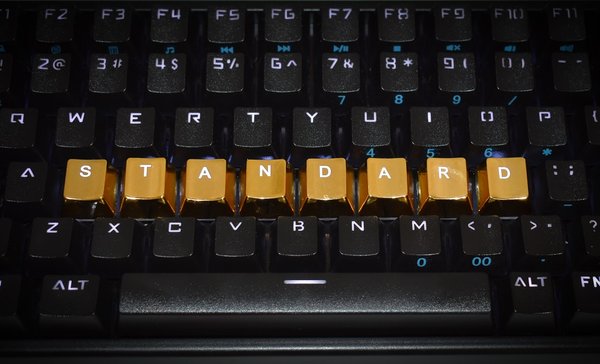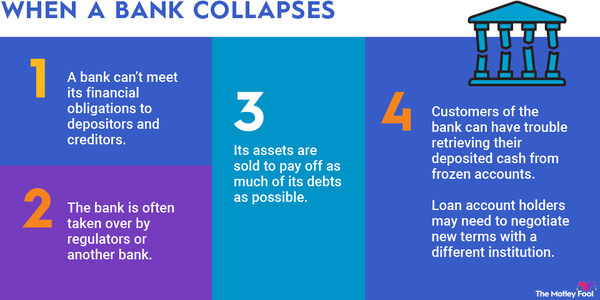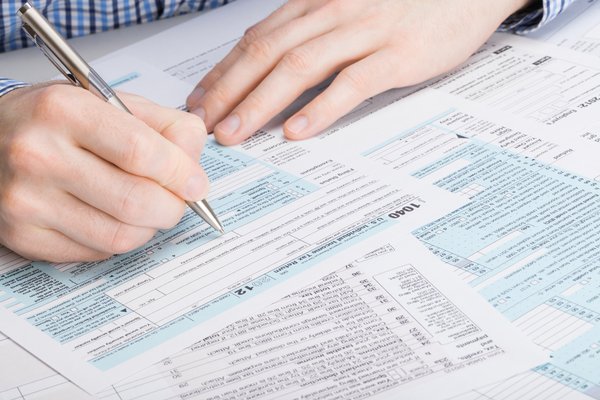Buying a house while selling another can get complicated, fast. If you’re trying to use the proceeds from selling your house to buy a new one, chances are high that you’ll need to use a bridge loan to cover the costs of the new house. We’ll explain a bit here about bridge loans, their terms, their pros and cons, and alternatives.

Overview
What is a bridge loan?
Most commonly used in real estate transactions, a bridge loan is simply a temporary loan that allows you to purchase a new property with a loan that’s based on the value of a property that you’re trying to sell.
Most homebuyers will wait until they have a contract on the house they’re trying to sell before making an offer on a new house. That’s not always possible, though. Sometimes, buyers have to make an offer on a new house before they can sell the current one. The best way to ensure they have the money to finance the new house is through a bridge loan.
Characteristics
Characteristics of a bridge loan
In some ways, bridge loans are similar to mortgages. Borrowers usually need a credit score higher than 620, a debt-to-income ratio of less than 50%, a loan-to-value ratio of less than 80%, and home equity of at least 20%.
But unlike the typical mortgage loan that’s repaid over 15 or 30 years, bridge loans are meant to provide financing for a very short period of time -- usually between six months and three years.
On the bright side, being approved for a bridge loan is generally much less time-consuming than obtaining a traditional mortgage. Typically, a bridge loan can fund within three to 14 days, much faster than the average 43-day period for a home mortgage.
Borrowers will pay a bit more for the speed, however. Origination fees range from 1.5% to 3% of the total loan; mortgage origination fees are generally 0.5% to 1% of the total loan value.
Finally, the repayment of a bridge loan is structured differently. Mortgage payments are made steadily, with principal amounts increasing and interest costs decreasing over the life of a loan. A bridge loan operates more like a balloon payment, with interest-only payments made throughout the life of the loan, followed by a total principal payment at the end.
Pros and cons
Pros and cons of bridge loans
As with any other form of debt, bridge loans offer both pros and cons. Here are some advantages of a bridge loan:
- It’s an advantage in a seller’s market, allowing buyers to avoid having to write financial contingencies into a contract and making their offer much more appealing. If the sale of a potential buyer’s current home falls through, a seller might have to re-list their own property. Bridge loans, however, can ensure that the buyer has financing for the deal.
- Buyers can avoid private mortgage insurance (PMI) by taking out a bridge loan that covers more than 20% of the purchase price. If the buyer doesn’t put down at least 20% of the sale price, their monthly mortgage payment can increase, sometimes significantly.
- Quick financing. Bridge loans can be obtained in as little as three days, a major advantage in a hot market. Buyers can arrange to purchase their next home before they’ve sold their current home.
Of course, there are downsides to bridge loans. They include:
- Higher interest rates. Since bridge loans are designed to provide financing for shorter periods of time, lenders charge higher interest rates to cover the potential risk. As a general rule, interest rates for bridge loans are about 2% above the prime rate for well-qualified buyers.
- Out-of-pocket expenses can be considerable. There are interest payments, as well as various origination and closing fees on the bridge loan. Borrowers will need to keep track of two major loans, as well.
- Qualification hurdles. Although it’s usually no easier or harder to qualify for a bridge loan than a mortgage, lenders will still give extra scrutiny to a bridge loan since it’s a short-term risk. In addition, borrowers will need to ensure they have at least 20% equity in their existing home since it’s collateral for the bridge loan.
Related investing topics
Alternatives
Alternatives to bridge loans
There are several alternatives to bridge loans that can be less trouble for borrowers, depending on their situation.
- Home equity loans have lower interest rates and can be repaid over a longer period than bridge loans.
- Home equity lines of credit (HELOCs) also can be used instead of bridge loans. The advantages of HELOCs are that they act like a credit card; you can withdraw money up to a certain limit, and you’re only charged interest on the borrowed amount.
- An 80/10/10 loan can also be a substitute for a bridge loan. Also known as a piggyback loan, it's essentially two mortgages: You put down 10% and take out two mortgages: one for 80% of the property and one for 10% that’s used to pay off your current home mortgage when the property is sold.








